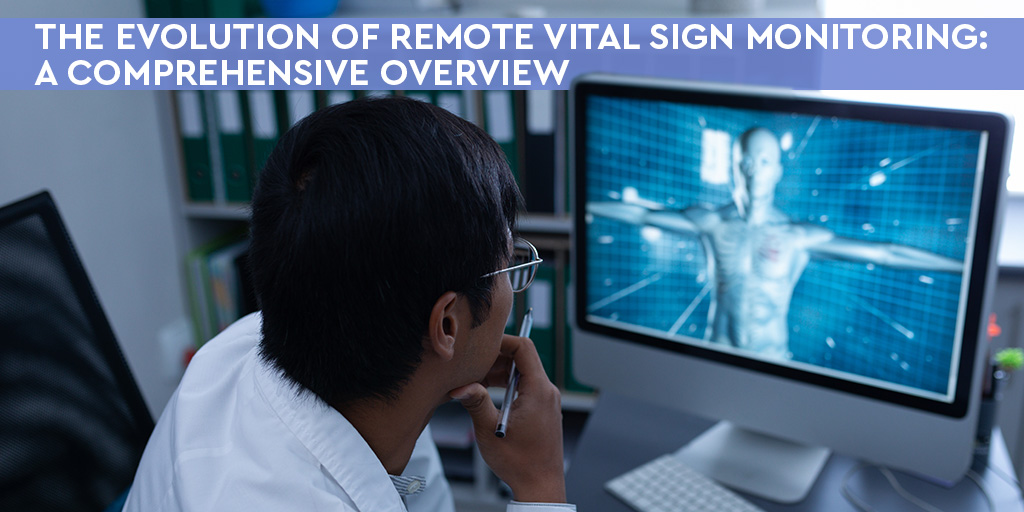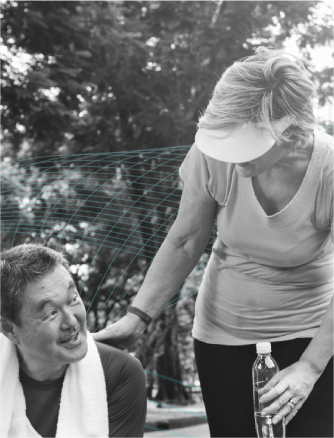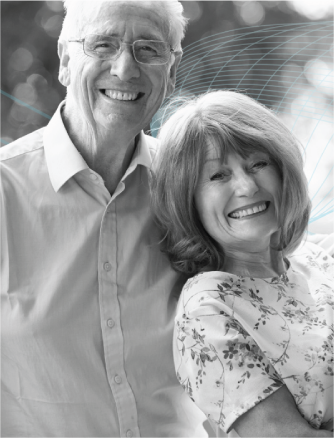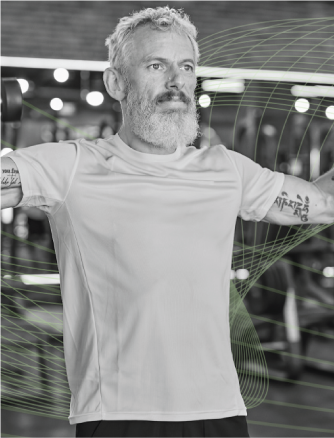In today’s rapidly evolving healthcare landscape, remote vital sign monitoring has emerged as a game-changer for both patients and healthcare providers. With the increasing popularity of remote patient monitoring, patients now have the ability to track their vital signs from the comfort of their own homes using wearable devices, like wearable heart monitor patches, and other remote monitoring devices. This transition is not just about convenience, it’s about improving patient outcomes, enabling active patient monitoring, and providing more efficient care.
What is Remote Vital Sign Monitoring?
Remote vital sign monitoring refers to the process of tracking critical health metrics such as heart rate and/or rhythm, blood pressure, temperature, and respiratory rate using technology that transmits this data to healthcare providers. Unlike traditional in-office visits, where patients undergo tests and exams, remote vital signs monitoring allows for continuous observation of a patient’s health status without the need for frequent follow up visits.
This type of monitoring is essential for managing chronic conditions like heart disease, hypertension, or diabetes, where constant awareness of signs and symptoms of disease progression is required to avoid complications.
To learn more about the prevalence of chronic disease, click here.
Benefits of Remote Vital Sign Monitoring Devices
- 24/7 Heart Monitoring: One of the most important remote vital sign monitoring devices is continuous wearable heart monitoring devices. These devices include wearable cardiac event monitors, heart monitor patches with a cell phone for data relay, and cellular enabled wireless cardiac monitors continuously track the patient’s heart rate and rhythm, sending this data to healthcare providers for analysis. This reduces the lag time between symptoms and intervention, allowing for quicker responses to potential heart problems.
- Continuous Patient Monitoring: Modern continuous patient monitoring devices, like the Biotricity’s solutions, enable 24/7 tracking of health metrics. The devices provide accurate and continuous data about a patient’s health status, helping doctors make informed decisions about treatment plans. These devices have become popular tools in home patient monitoring systems, offering patients the flexibility to monitor their vital signs without needing to leave home.
- Improved Patient Access: Through remote patient monitoring platforms, like Biotricity’s Biocare Disease Management & Diagnostics platforms, healthcare providers can access patients’ vital signs data 24/7, even if the patient is in a different state or country. This means that patients with chronic conditions, especially the elderly or those living in rural areas, can receive expert care and attention without needing to travel to a clinic. Biotricity’s Biocore is an example of a device that provides remote vital signs assessment through 24/7 heart rhythm monitoring, offering patients at-home vital monitoring with direct transmission of data to their doctors.
- Reduced Hospital Visits: A home vital signs monitor can reduce the need for frequent hospital visits and in-person consultations. This has multiple benefits, including reducing healthcare costs and minimizing the patient’s exposure to hospital-acquired infections.
- Cost-Effectiveness and Convenience: Wearable devices like the cardiac monitor patch are becoming increasingly affordable, and offer significant savings compared to traditional monitoring methods. The convenience of using wearable heart monitor patches means that patients no longer need to visit the doctor for routine checkups, as they can provide updates directly from home.
Why Choose Remote Monitoring Platforms for Home Vital Monitoring?
Remote monitoring platforms that integrate devices like mobile cardiac monitors, telemetry patches, and other biometric monitors offer a seamless experience for both patients and healthcare providers. These systems provide comprehensive data analysis, allowing doctors to monitor multiple patients at once without needing to be physically present. The ability to track vital signs continuously means that providers can catch health changes early, potentially saving lives.
In addition to continuous patient monitoring, these systems should be compatible with FDA-approved remote patient monitoring devices, like those offered by Biotricity, ensuring that both patients and doctors have access to the most up-to-date and accurate technology.
Learn more about FDA approved medical devices here.
How Biocore is Revolutionizing Healthcare:
The future of healthcare is becoming more connected, with connected wireless heart monitor patches, Holter patches, and mobile cardiac telemetry monitors leading the way. By enabling continuous patient monitoring, healthcare providers can offer more personalized and proactive care to patients.
With devices like Biotricity’s Biocore and other continuous monitoring systems, doctors can act on remote vital signs assessment data to quickly address potential problems, reducing the risk of heart failure, stroke, or other life-threatening events.
For more information about remote patient monitoring devices, explore the range of solutions offered by Biotricity, a leader in cardiac monitoring companies. Learn more here.






